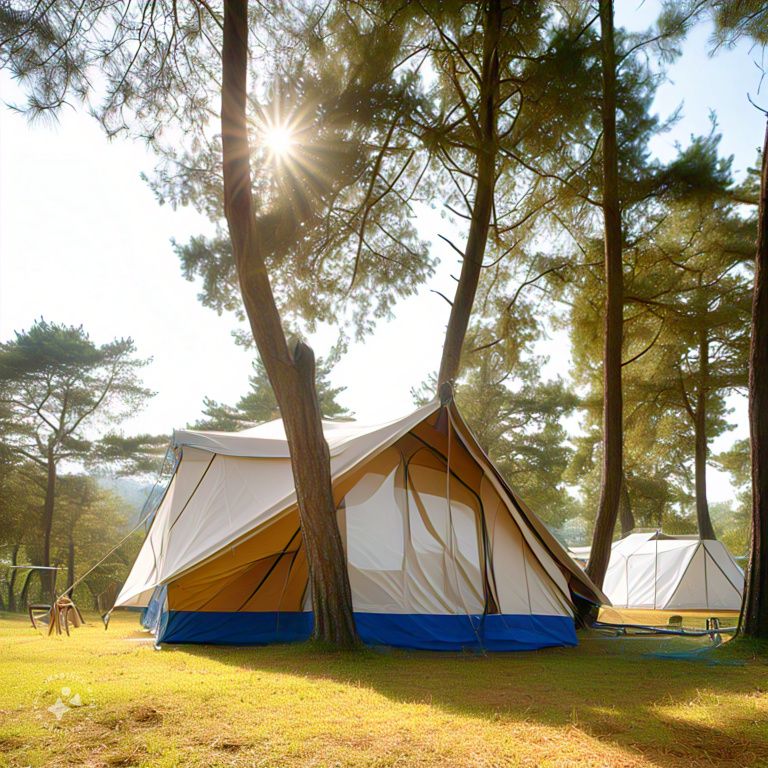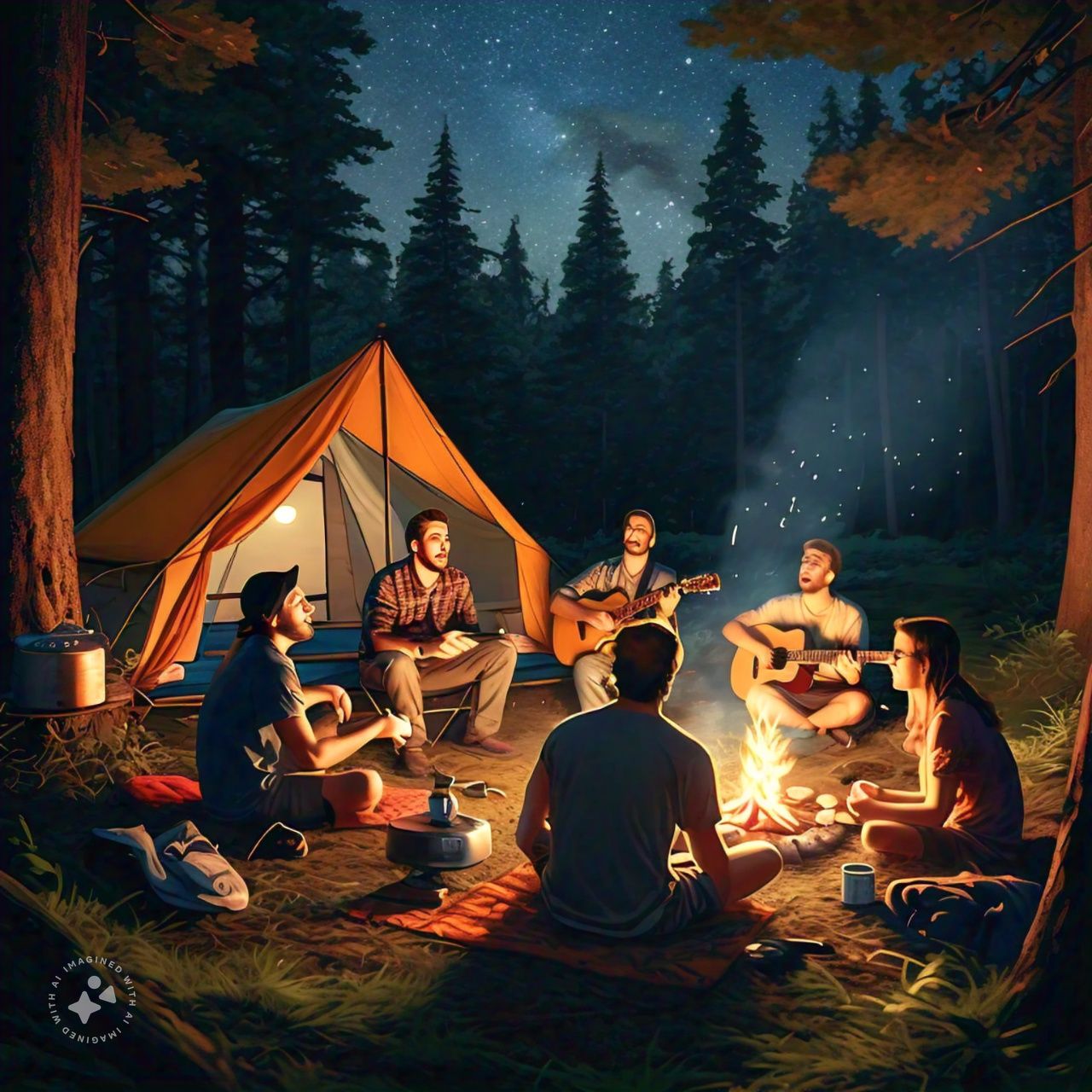Camping in the Wild: A Complete Beginner’s Guide
Camping in the wild is an exhilarating experience, offering the chance to connect with nature, breathe fresh air, and escape the hustle and bustle of daily life. However, to ensure a safe and enjoyable trip, it’s essential to know how to prepare properly and set up your tent correctly. Whether you’re an experienced camper or new to the outdoors, this guide will provide you with all the information you need for a successful camping in the wild trip.Camping tips for beginners
What to Pack for Camping in the Wild
Packing the right gear is critical for a safe and comfortable camping in the wild experience. Here’s a checklist to help you pack efficiently:
- Tent: A durable, lightweight, and weather-resistant tent is essential.
- Sleeping Bag: Choose one suitable for the climate. A sleeping pad or mat adds extra comfort.
- Clothing: Wear layered clothing—moisture-wicking base layers, insulating mid-layers, and waterproof outer layers.
- Cooking Equipment: Carry a portable camping stove, fuel, and lightweight cookware.
- Food and Water: Bring high-energy foods like nuts and dehydrated meals. Use a water filter if drinking from natural sources.
- First Aid Kit: Always carry a comprehensive kit for emergencies.
- Tools: A multi-tool, flashlight, extra batteries, and fire-starting kit are must-haves.
- Navigation: A map, compass, or GPS device can help in remote areas.
- Backpack: Use a durable, large-capacity backpack with padded straps for comfort.
How to Choose a Campsite in the Wild
Selecting the right location to set up your tent is crucial for safety and comfort. Here’s how to choose the best spot:
- Flat and Dry Ground: Avoid setting up your tent on slopes or near water sources, which can flood during rain.
- Sheltered Area: Choose a site that offers natural windbreaks, such as trees or large rocks, to protect your tent from strong winds.
- Away from Wildlife Trails: Keep a safe distance from areas frequented by animals.
- Leave No Trace: Stick to established campsites or durable surfaces like rocks or gravel to minimize your environmental impact.
How to Pitch a Tent in the Wild
Once you’ve found the perfect spot, it’s time to pitch your tent. Follow these steps for a sturdy setup:
- Clear the Ground: Remove any sharp objects like rocks or sticks that could damage your tent.
- Lay Down a Groundsheet: If your tent has a groundsheet, place it on the ground to protect the bottom of your tent from moisture.
- Assemble the Tent Poles: Unpack and connect the poles, making sure they lock into place.
- Pitch the Tent: Insert the tent poles into their respective sleeves or clips on the tent body, then secure the tent to the ground using pegs. Ensure it is taut for wind resistance.
- Add the Rainfly: If your tent has a rainfly (a waterproof outer layer), drape it over the tent and secure it for added protection from the elements.
- Guy Lines: Use guy lines to stabilize the tent, particularly in windy conditions. Peg them out at a 45-degree angle for maximum effectiveness.

Essential Tips for Wild Camping
Here are a few expert tips to help make your wild camping adventure as smooth as possible:
- Weather Check: Always check the weather forecast before your trip and be prepared for unexpected changes.
- Food Storage: Store food securely, away from your tent, to avoid attracting wildlife. A bear-proof container or hanging your food in a tree can be effective.
- Fire Safety: If you plan to build a campfire, ensure it’s safe and permitted. Always keep water or sand nearby to extinguish the fire completely.
- Leave No Trace: Pack out all trash and waste to leave the environment just as you found it.
Best Time for Wild Camping
The ideal time for camping in the wild depends on the location and climate. Summer and early fall are generally the best seasons,Camping in the wild, offering mild weather and long daylight hours. However, if you prefer solitude, spring and late fall can be great options as well, though you’ll need to prepare for colder conditions.
Benefits of Wild Camping
Camping in the wild has several advantages that extend beyond the beauty of nature:
- Peace and Quiet: Escape the noise of cities and crowded campsites.
- Freedom: Wild camping offers the flexibility to set up camp wherever you like (in accordance with local laws).
- Connection with Nature: Immerse yourself in the natural world, observing wildlife and appreciating the landscape around you.Forest camping in Western Ghat.
Conclusion
With the right preparation and knowledge, wild camping can be a deeply rewarding experience. Packing the proper gear, choosing a suitable campsite, and setting up your tent correctly are key to ensuring a successful trip. Follow this guide, and you’ll be ready for an unforgettable camping adventure in the wild.



